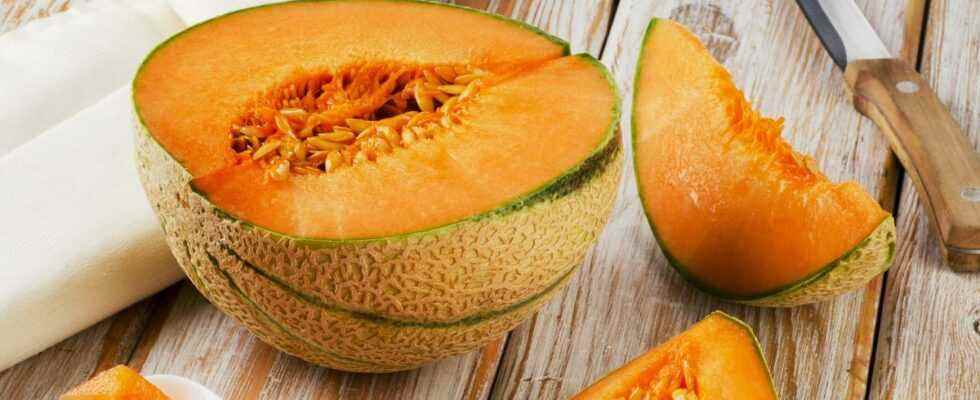FOCUS- In some supermarkets, it exceeds seven euros. The industry as a whole is facing several challenges.
At the start of the season, melon prices are skyrocketing on supermarket shelves. On Twitter, some consumers report posters ranging from 3.45 euros a piece to 7.49 euros in an Intermarché in the Paris suburbs. Why such an increase?
The situation is one of the first explanations. Record inflation of 5.2% in May caused prices to jump by 3.81% in supermarkets, all channels and products combined. A level not reached for 14 years, according to Iri. For producers, there is also the war in Ukraine and the surge in raw materials. “Absolutely everything has increased, from diesel to phytosanitary products“, laments Jessica Régulier, producer of melons at Domaine de la Roche in New Aquitaine. “Plastic represents a 58% increase in our packaging costs“, she says.
Read alsoStorms: after the frost and the drought, the farmers mistreated by the hail
In addition to these elements, the weather also disrupted the plantations. Since the beginning of the year, France has been in water deficit, while Spain has received a lot of rain. Antoine Franchineau, melon producer in Val de Serigny, explains that in normal times, “Spanish melons arrive around May 15, but this year they only appeared from the beginning of June“. “At the same time as the first melons produced in the south of France“, he completes. By the end of June, French and Spanish productions will therefore enter into competition, lowering prices for consumers.
French production in decline
“We pray for rain and last two more weeks“, hopes Jessica Regular. For now, the plantations are still healthy, because no disease has attacked the crops. However, producers fear the same scenario as last year: gloomy weather, between cold and precipitation, led to a melon crisis from June 28 to July 19.
As a result, some players were forced to close their operations, such as Soldive. In December, the national leader stopped its activities at the Brie factory, which produced up to 10,000 tonnes of melons each year. A year earlier, it was the Rouge-Gorge group that had to go out of business. The Taizé factory, in Bourgogne-Franche-Comté, produced 30,000 tonnes per year, or 10% of French consumption. A few months after the closure, the Force Sud group bought the brand to focus on apple production. In ten years, the French melon sector has lost more than 4,000 hectares, going from 14,750 in 2012 to 10,400 hectares this year, according to forecasts by the Interprofessional Melon Association (AIM).
Read alsoThe CFDT sets out again to meet seasonal workers
But if the production of melons is decreasing, it is also because of the difficulty in recruiting seasonal workers. Out of a hundred people, only thirty answered Jessica Régulier’s call: “To compensate for the lack of staff, I work every day of the week and on weekends. I no longer count my hours.»
SEE ALSO – Faced with “undesirable” inflation, the ECB initiates a historic rate hike
